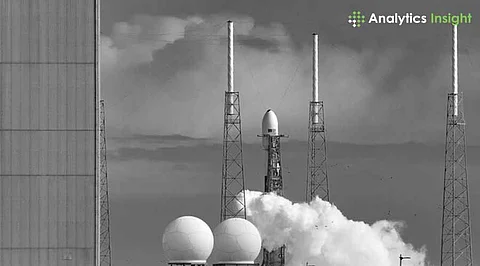

Starship Flight 7 is planned for launch as early as Monday, January 13th 2025. This hugely awaited test flight will introduce dramatic mods to the starship system which in a way will help create higher standards in the reusability of spacecraft and satellites.
Now, for the first time, Starship will try to deliver payloads to space. The mission is to orbit 10 Starlink simulators- mock Starlink satellites essentially similar in size and mass to the new generation of Starlink satellites. This step brings a new capability to the Starship to carry and deliver payloads for civil and scientific missions. The simulators will mimic Starship’s suborbital flight path, and its planned splash landing will be in the Indian Ocean.
Flight 7 will also be examining SpaceX’s capacity to return and catch the Super Heavy booster. With real flight hardware, a used Raptor engine and new chopsticks for landing on the launch tower, the booster will attempt to land. The booster is designed to return toward the intended heading and make a controlled splashdown in the Gulf of Mexico if conditions are unsuitable.
On the upper stage, Starship will be exposed to stress tests including re-entry experiments designed to stress areas with modified heat shield tiles. These tests are to ensure Starship’s design is robust in situations that would require exposure to high heat and high stress.
This mission includes enhancements like high propellant volume increase of 25%, new avionics and aerodynamics, and better propulsion. A new heat shield with extra layers and new radar sensors for booster catch show that SpaceX increases the company’s reliability and safety.
With plans for 25 Starship launches in 2025, SpaceX aims to revolutionize space exploration. Flight 7 is a key step toward the company’s vision of reusable spacecraft capable of carrying humans and cargo to Earth orbit, the Moon and Mars.
